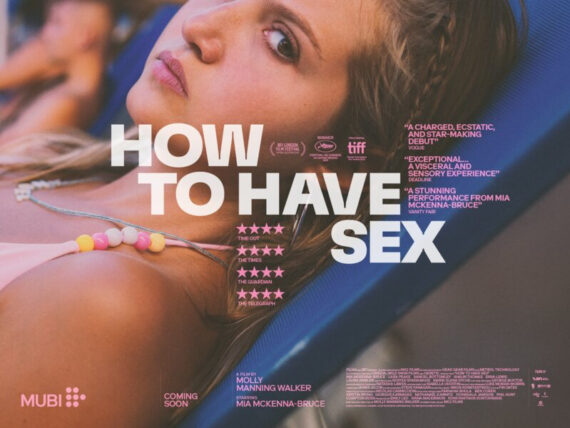I am a mature student doing a BA in Fine Arts at the University of Plymouth. Before I started my degree I would have called myself a painter – things have changed quite surprisingly as now I am drawn to work with film and hardly pick up a paint brush (I ‘paint’ in the editing process!). So my placement at Plymouth Arts Centre to work closely with established film artist Margaret Salmon was ideal, one where not only the world of archives and film opened up to me but also the relationships between artist and institution/gallery. Also, little did I know what a huge and amazing resource archives are, and that so much material is made available to the public.
Margaret Salmon is an American film-maker who is presently based in Glasgow. Her films are fuelled by references to the great realist tradition in film, and she has a particular sensitivity to interactions between soundtrack and image. She shoots and edits all her work on her own and uses 16mm or 35mm film. I was to find specific film footage to be used in a key film sequence for her current project, Eglantine, an intimate, vivid tracing of a young girl’s real and fantastical adventure into a remote woods one evening. Margaret sent me a trailer to watch of this film, I felt very inspired both by the quality of the film and the idea and, in speaking to Margaret, excited to be on-board with this project.
My initial response to working in the archive was one of self-doubt – the archive seemed like a daunting and foreign world, one where I’d be out of my depth. However, the reality was quite different – the people who work at SWFTA (South West Film Television Archive) were so welcoming and helpful. My first impressions were indeed of stepping into a different world, where history is very palpable and present and lovingly preserved – in the rooms full of film reels and videos and the old telecinis and steenbecks to view and transfer the footage. During my time at SWFTA I learnt how to use their vast database to source relevant footage and how to use the steenbeck to view film. I loved the physical nature of handling the films and viewing them in this way. I refined my search to three wildlife documentary series taken on 16mm film in the 70s, which had some very beautiful and relevant footage.
I had to work independently, organise and prioritise my time and the findings. I worked closely with Margaret and also the technicians at SWFTA, who would take my findings and transfer them into a viewing file for Margaret. My major learning was in relation to Margaret, the artist herself. I was greatly impressed by her and all the strands she holds as an artist, and in some way I saw her as an institution herself. The knowledge she had of film and how she communicated her vision to me, the negotiations and discussions with SWFTA in regards to copyright, scanning and transferring footage and how to integrate these findings into her film. It was a real insight into how an artist has to generate and find funding and work within a tight budget, relate to external institutions (gallery and archive), meet and manage deadlines and see long-term projects through, all the while staying true to one’s vision. For me, as an assistant, I had to develop my own relationships and channels of communication between artist and archive and gallery. I had to adopt another’s vision as my own and to keep making sure that I was on the same page as the artist through a process of continual refinement. I also learnt about the history of film and the different qualities and processes involved in transferring and digitalising old film. All of this further informs my own practice as an artist and prepares me a little for what is to come as I step out into the world.
Zanna Markillie
Margaret’s website: https://www.margaretsalmon.info/
SWFTA: https://swfta.co.uk/
Plymouth Arts Centre: https://www.plymouthartscinema.org








Comments
No comment yet.